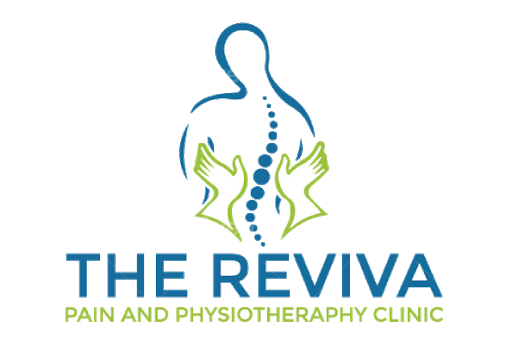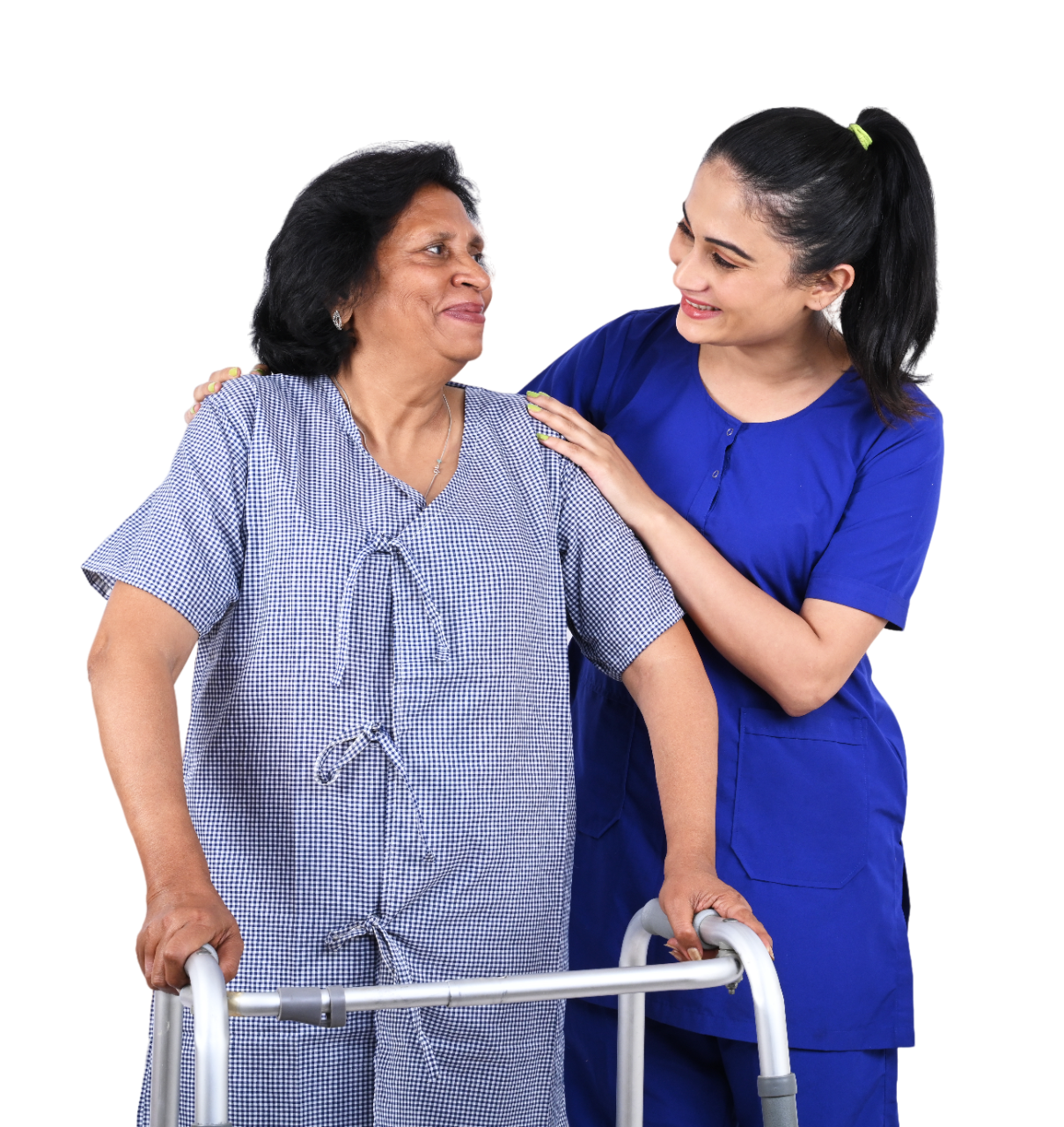Joint mobilization is classed by Geoffrey pol historian into 5 ‘grades’ of motion, every of that describes the variety of motion of the target joint throughout the procedure. they’re typically referred to as Grade I through Grade V. the various grades of mobilization area unit believed to provide selective activation of various mechanoreceptors within the joint.
Grade I – Activates sort I mechanoreceptors with a coffee threshold and that reply to terribly tiny increments of tension.
Activates connective tissue mechanoreceptors.
periodical motion can by selection activate the dynamic, speedily adapting receptors, i.e., Meissner’s and Pacinian Corpuscles. the previous reply to the speed of skin indentation and therefore the latter reply to the acceleration and retraction of that indentation.
Grade II – Similar impact as Grade I.
Grade III – the same as Grade II.
by selection activates additional of the muscle and joint mechanoreceptors because it goes into resistance, and fewer of the connective tissue ones because the slack of the hypodermic tissues is preoccupied.
Grade IV – the same as Grade III.
With its additional sustained movement at the top of every can activate the static, slow adapting, sort I mechanoreceptors, whose resting discharge rises in proportion to the degree of modification in joint capsule tension.
Grade V – this is often equivalent to joint manipulation. Use of the term ‘Grade V’ is simply valid if the joint is positioned on the subject of its finish vary of motion throughout mobilization. Evans and Breen recently contested this assumption, of course, a contention that a private articulatio synovialis ought to be positioned on the subject of its resting, neutral position.



